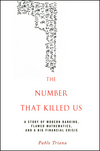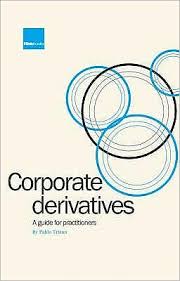The numbers that killed us
a story of modern banking, flawed mathematics and a big financial crisis
- ISBN: 9780470529737
- Editorial: John Wiley & Sons Limited
- Fecha de la edición: 2011
- Lugar de la edición: Hoboken. Estados Unidos de Norteamérica
- Encuadernación: Cartoné (Tela)
- Medidas: 24 cm
- Nº Pág.: 264
- Idiomas: Inglés

The Number That Killed Us finally tells the "greatest story never told": how a mysterious financial risk measurement model has ruled the world for the past two decades and how it has repeatedly, and severely, caused market, economic, and social turmoil. This model was the key factor behind the unleashing of the cataclysmic credit crisis that erupted in 2007 and which the effects are still being felt around the world. The Number That Killed Us is the first and only book to thoroughly explain this hitherto-uncovered phenomenon, making it the key reference for truly understanding why the malaise took place.
The very number financial institutions and regulators use to measure risk (Vale at Risk/VaR) has masked it, allowing firms to leverage up their speculative bets to unimaginable levels. VaR sanctioned and allowed the monstrously geared toxic punts that sank Wall Street, and the world, during the latest crisis. We can confidently say that VaR was the culprit. In The Number That Killed Us, derivatives expert Pablo Triana takes you through the development of VaR and shows how its inevitable structural flaws allowed banks to take on even greater risks. The precise role of VaR in igniting the latest crisis is thoroughly covered, including in-depth analysis of how and why regulators, by falling in love with the tool, condemned us to chaos. Uncritically embraced worldwide for way too long, VaR is, in the face of such destruction, just starting to be examined as problematic, and in this book Triana (long an open critic of the tool's role in encouraging mayhem) uncovers exactly why it makes our financial world a more dangerous place. If we care for our safety, we should let VaR go.









